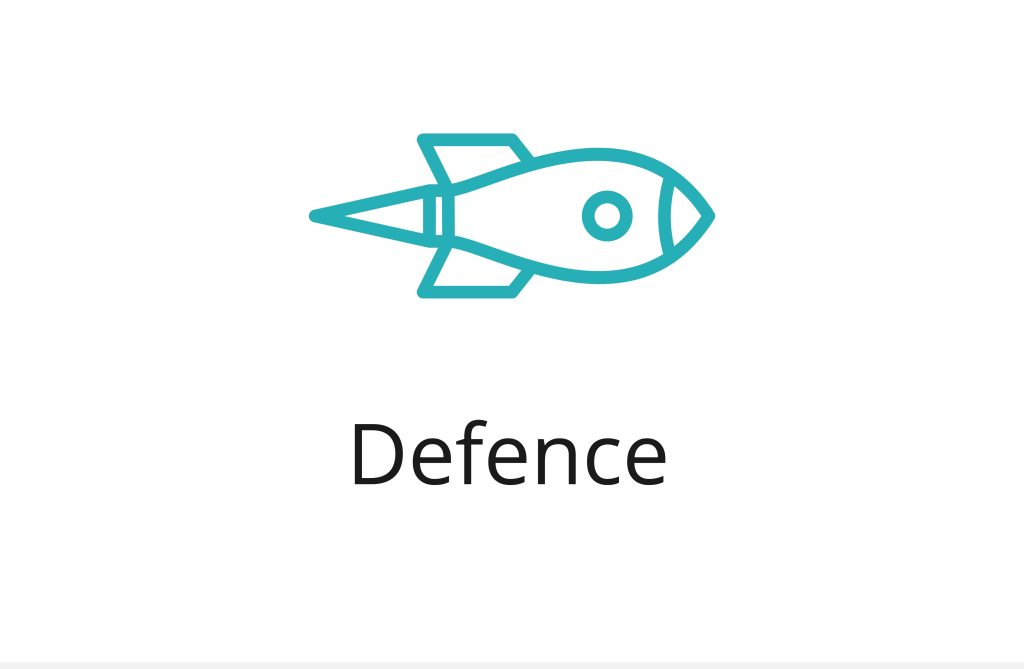
A connected, balanced approach to product development
This structured approach ensures that every aspect of the project, from business objectives to user needs and technical requirements, is carefully considered and integrated.
The Double Helix framework provides a comprehensive, adaptable, and efficient methodology for digital product development.
Double Helix and systems engineering gates
By incorporating the option of system engineering methodology hard gates, the Double Helix framework ensures that each phase is rigorously reviewed and approved before proceeding to the next, aligning closely with systems engineering practices.
This adds an extra layer of quality assurance, risk mitigation, and stakeholder alignment to the process.
What happens at each step of the process?
Planning
The planning phase is the initial stage where the project’s scope, objectives, and key stakeholders are identified.
This phase involves understanding the strategic goals of the project, identifying key stakeholders, and defining the project’s success criteria.
It sets the stage for the project, providing a clear direction and a roadmap for the teams involved.
Activities include
- Project management plans the project, activities, resourcing, dependencies, schedule and kickoff meeting.
Deliverables include
- Project management plan
- Resource profile
- Project schedule
Synthesis meeting
- A shared understanding of project plan, outcomes and roles
Phase 00: Kick-Off (pre Discovery)
The Kick-off & Pre-Discovery phase is where the project officially starts.
In this phase, the project team is assembled, the project’s objectives and scope are communicated to all team members, and initial research is conducted to gather more information about the project’s context.
This phase ensures that all team members have a clear understanding of the project’s goals and are ready to start the discovery process.
Activities include
- Project Management organise and facilitate the kick-off meeting.
Deliverables include
- Phase report
- Business need statements
- Stakeholder mapping
- High-level business workflows
Synthesis meeting
- A shared understanding of the project goals, dependencies, deliverables and stakeholder needs, which will guide the rest of the project.
Phase 01: Discover & Understand
The Understanding phase is the initial stage of the Double Helix Process, where the groundwork for the project is laid.
The BA Team and the Design/UX Team conduct independent research to gain a comprehensive understanding of the strategic objectives, policy constraints, stakeholder needs, and user needs.
This phase is crucial for setting the direction of the project and ensuring that all subsequent work aligns with the project’s goals and constraints.
Activities include
- Business analysis team conducts strategic and operational analysis
- Design/UX team performs user research
- Development team participates in key meetings to understand technical perspectives
- PMOs govern phase deliverables and schedule.
- Architects contribute to Technical Discovery.
Deliverables include
- Phase report
- Business Case
- Scoping Study
- Requirements Specification (user stories, SyRS etc)
- Business Process flows
Synthesis meeting
- A shared understanding of the strategic goals and objectives, policy context, stakeholder needs, and user needs.
Phase 02: Define & Analyse
Collaboration is the cornerstone of the framework. The ‘Define & Analyse’ phase ensures that the project is built on a bedrock of clearly articulated and aligned business and user needs.
In the Define & Analyse phase, the BA Team and the Design/UX Team work in parallel to define the business requirements and user needs, respectively.
The BA Team focuses on defining the business requirements based on the strategic goals, policy analysis, and stakeholder feedback.
At the same time, the Design/UX Team defines user needs based on the user research conducted in the previous phase. The teams then meet to align the business requirements with user needs, ensuring the proposed digital product satisfies both.
Activities include
- Business analysis team defines business requirements
- Design/UX team defines user needs
- Teams meet for alignment
Deliverables include
- Phase report
- Business requirements
- User needs documentation
- Aligned objectives
Synthesis meeting
- A shared understanding of the strategic goals and objectives, policy context, stakeholder needs, and user needs.
System engineering milestones and reports
- Systems Requirements Review
- Analysis Report
- Solution Architecture Document (SAD)
Phase 03: Ideate & Propose
This is where the rubber meets the road.
During the Ideate & Propose Solutions phase, teams generate and propose solutions to meet the needs and goals identified in the previous phases.
The BA Team proposes solutions that meet the strategic and operational requirements, while the Design/UX Team proposes user-centred solutions. Developers provide input on the technical feasibility of the proposed solutions.
System engineering: The ‘Ideate & Propose’ phase ends with a System Design Review (SDR), ensuring that all defined objectives and preliminary designs are aligned and validated.
Activities include
- Business analysis team proposes business-aligned solutions.
- Design/UX team proposes user-centric solutions.
- Development team assesses technical feasibility.
Deliverables include
- Proposed business solutions
- Proposed user-centric solutions
- Technical feasibility report
- Solution Design Description (SDD)
Synthesis meeting
- A shared understanding of proposed conceptual framework, architecture.
System engineering milestones and reports
- Systems Design Review
- ICTAB Approval
- Data agreements with stakeholders
- First dev handover
Phase 04: Prototype & Test
In the Prototype & Test phase, the Design/UX Team creates prototypes of the proposed solutions and conducts usability tests.
The BA Team ensures that business requirements are met in the prototype and assists in interpreting user feedback.
Developers evaluate the prototypes for technical feasibility. The teams meet to discuss test findings and iterate on the prototype.
System engineering: The ‘Prototype & Test’ phase concludes with a Detailed Design Review (DDR), where all proposed solutions are scrutinised for feasibility and alignment with business and user needs.
Activities include
- Design/UX team creates and tests prototypes
- Business analysis team ensures alignment with business requirements
- Development team assesses technical feasibility.
Deliverables include
- Prototypes
- Usability test results
- Technical assessment
- Detailed Design
Synthesis meeting
- A shared understanding of theprototype design and features.
System engineering milestones and reports
- Detailed Design Review
- PICTA
Phase 05: Configure & Build
In the Configure & Build phase, the Development Team, with the guidance and support of the BA and Design/UX teams, starts the process of turning the agreed-upon design into a functional digital product.
This phase involves setting up the necessary development environments, configuring systems and services as per the defined requirements, and building the features of the digital product.
The teams work closely to ensure that the product being built aligns with the business requirements, user needs, and technical feasibility established in the previous phases.
Activities include
- Business analysis team provides ongoing clarification of business requirements
- Design/UX team ensures that user interface and experience align with user needs
- Development team configures and builds the digital product
Deliverables include
- The built product
- Implementation and Verification Procedure
Synthesis meeting
- A shared understanding of each epic, features, and workflows.
System engineering milestones and reports
- Test Readiness Review
- Target Environment
Phase 06: Implement & Evaluate
In the Implement & Evaluate phase, the Development Team turns the prototype into a fully functioning digital product, with the BA and Design/UX teams ensuring alignment with business requirements and user needs.
The BA Team conducts a post-implementation review to evaluate the alignment with business objectives.
The Design/UX Team gathers user feedback and assesses the product’s user-friendliness.
The teams come together to evaluate the product’s performance against KPIs and user-centric metrics, planning for potential updates or enhancements.
System engineering: The final ‘Implement & Evaluate’ phase concludes with a Transfer to Support Responsibility (TSR) and Post-Implementation Review (PIR), where the product is not only launched but also continuously assessed for effectiveness and efficiency.
Activities include
- Development team deploys the final product
- Business analysis team conducts post-implementation reviews
- Design/UX team gathers user feedback
Deliverables include
- Final product
- Post-implementation review
- User feedback and evaluations
- Service Description
Synthesis meeting
- A shared understanding of each epic, features, and workflows.
System engineering milestones and reports
- FICTA
- PIR



